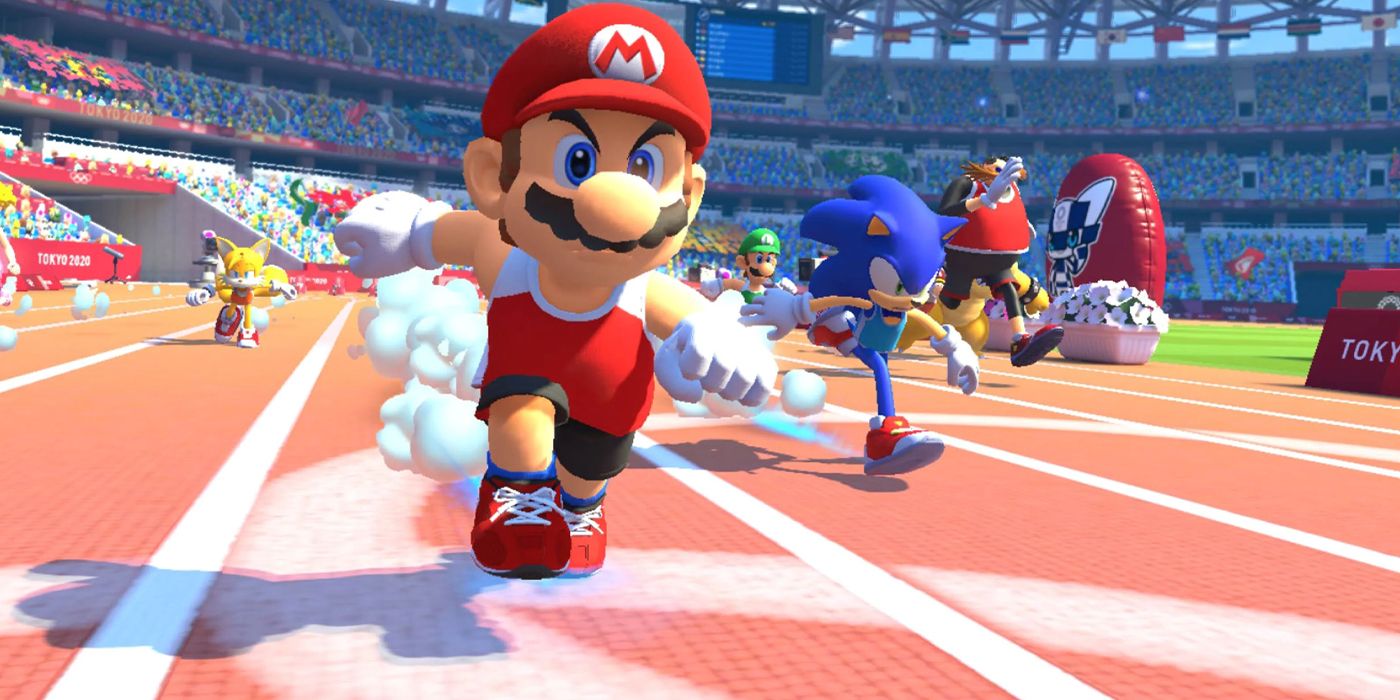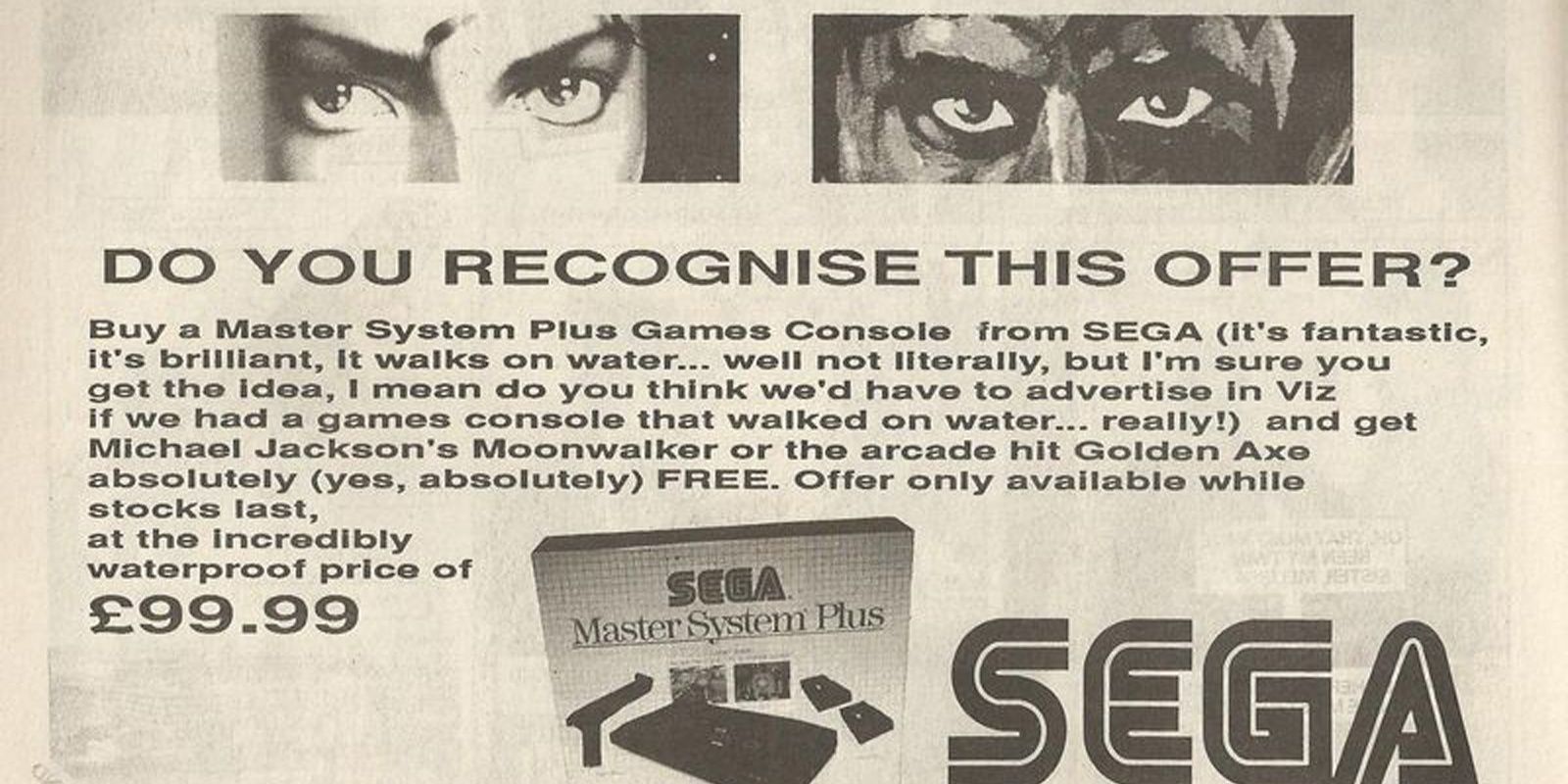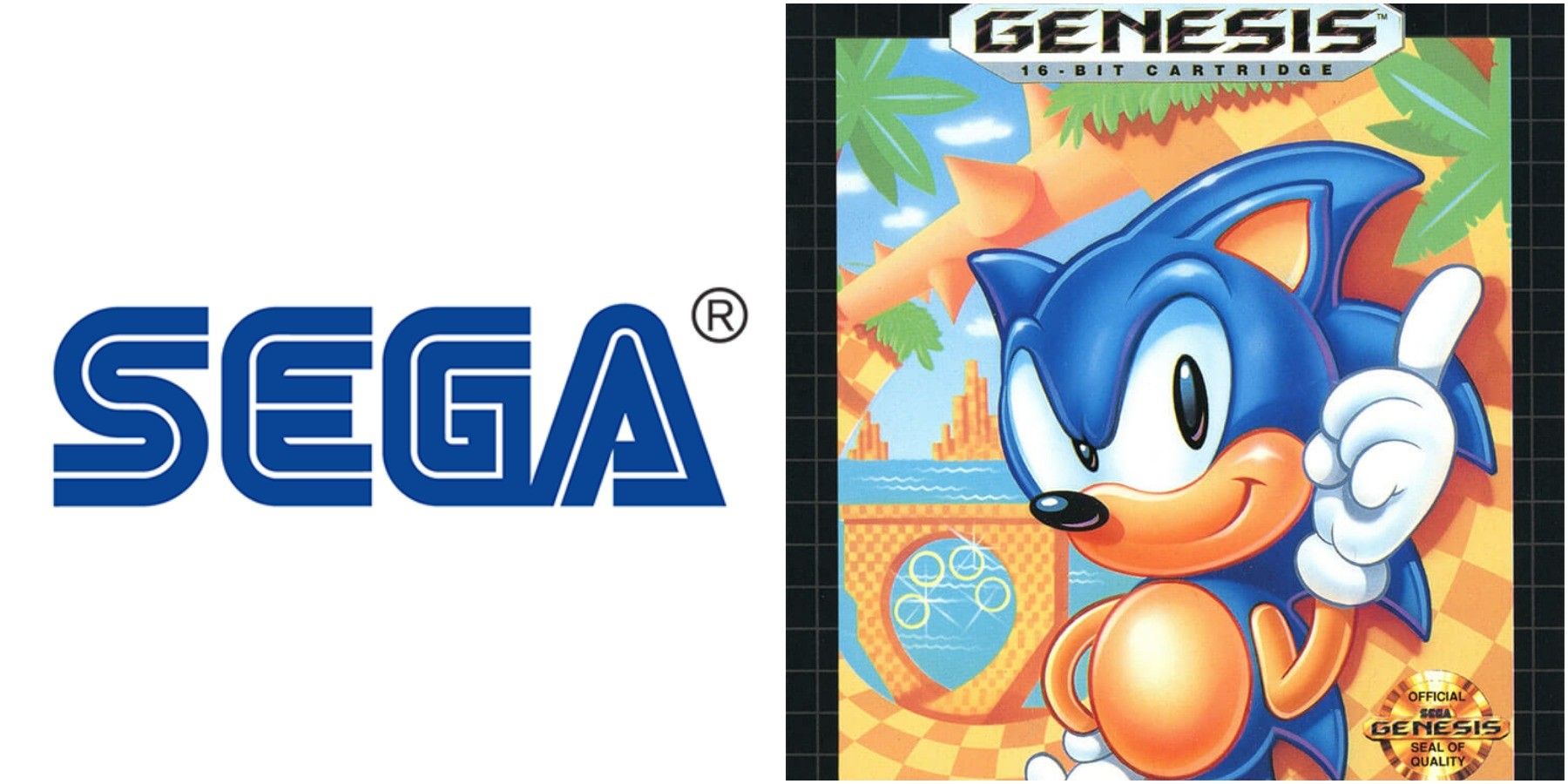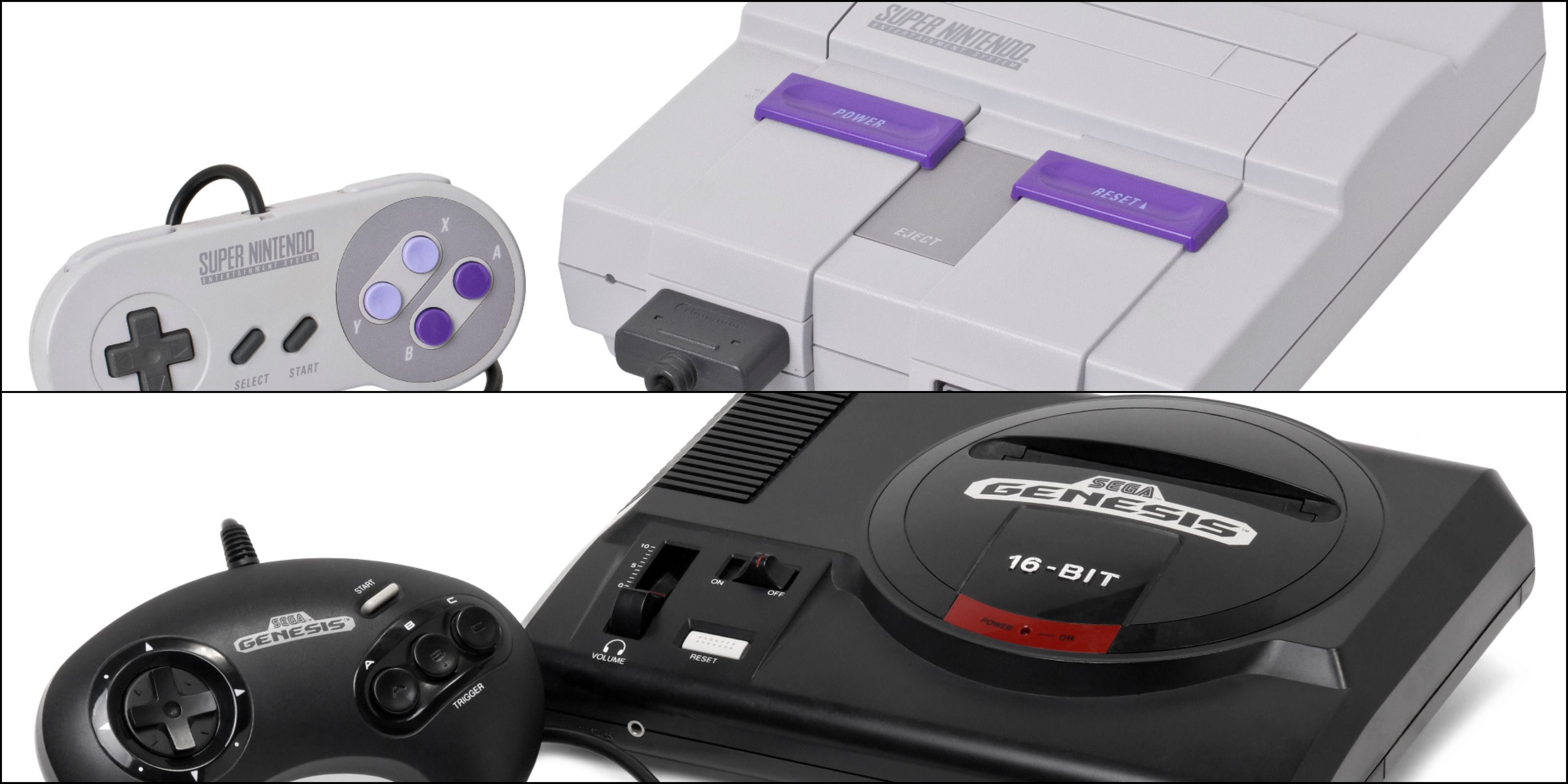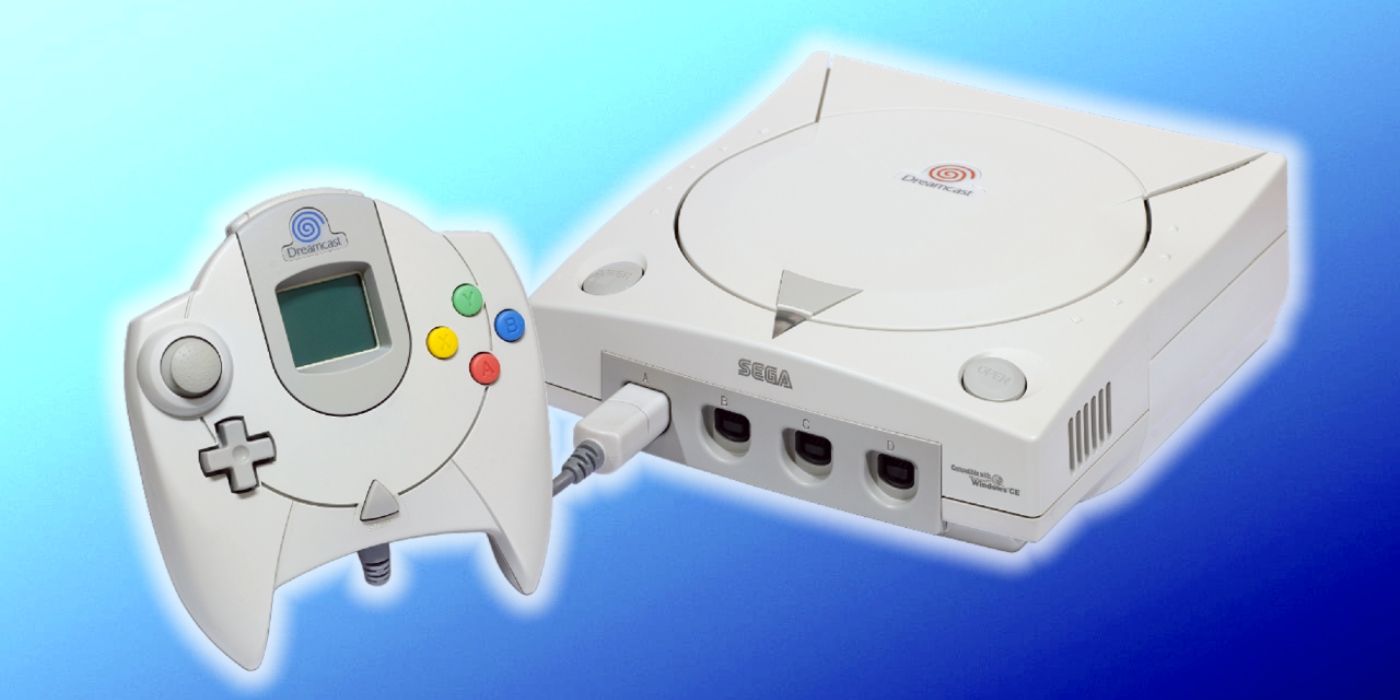The riveting saga of Sega and Nintendo's rivalry during the 1980s and mid-1990s is one of the earliest and most notable console wars in the history of video gaming. Console technology witnessed unprecedented growth during this period, while novel marketing strategies emerged to try and earn the top spot in North American console sales.
After the US market was flooded with sub-par games, the industry was in a definite slump. But on the other side of the world, both Nintendo and newcomer Sega were experiencing success in Japan. As Sega tried to dethrone Nintendo, both companies realized that they needed to expand into the American market. While Nintendo dismissed Sega as a credible competitor for many years, it wouldn't be long before the mounting tension shifted their entire focus to a singular goal: to emerge as the victor in this high-stakes console war.
Sega Has Difficulty Competing with Nintendo
While the United States was grappling with its crash, Sega and Nintendo focused on releasing their consoles in Japan. Originally, Sega's sole intention was to introduce a new computer, the SC-3000. However, it promptly switched gears to create a dedicated gaming system--the SG-1000--as a direct challenger to Nintendo's planned games-only console, the Famicom.
In a surprising turn of events, both consoles debuted within a few days of each other. Sega's SG-1000 shattered expectations by selling 160,000 units in its debut year, significantly outpacing its initial target of 50,000. However, the triumph was short-lived. Once Nintendo addressed the faulty circuits plaguing the Famicom, the console's popularity exploded. It quickly ascended to the top, becoming the best-selling gaming console in Japan and leaving Sega and their SG-1000 trailing behind.
Bolstered by their initial success, Sega initiated multiple redesigns of the SG-1000, aiming to further rival Nintendo's formidable system. By 1985, the fruits of their labor emerged--the Sega Mark III. This enhanced 8-bit console, superior in power to the Famicom, showcased innovative technology based on Sega's arcade systems.
Despite these improvements, the Mark III struggled to gain traction in Japan. While Sega had been absorbed in revamping its system, Nintendo strategically built alliances with third-party developers, thus limiting Sega's game offerings. Sega persevered unfazed, securing rights to port additional games and investing in their own development. Yet the Mark III continued to underperform, prompting Sega to explore opportunities in the vast US market.
Upon making their Western debut, both systems underwent a rebranding: the Famicom metamorphosed into the Nintendo Entertainment System (NES) and the Mark III reemerged as the Master System. However, due to a series of strategic blunders by Sega, and to Nintendo's unyielding hold over third-party contracts, the Master System couldn't outperform the NES.
The Rise of Sega Genesis
Toward the end of 1988, Sega unveiled a cutting-edge console in Japan boasting 16-bit technology--the Mega Drive. Despite its advanced technology, the Mega Drive was embroiled in a battle against not just the Famicom but also NEC's formidable 16-bit competitor, the PC Engine. Undeterred, Sega launched the Mega Drive in America a year later and rebranded it as the Sega Genesis.
Guided by the vision of newly appointed CEO Michael Katz, Sega revamped its strategy. Their audacious marketing campaign asserted, "Sega does what Nintendon't," boldly distinguishing themselves from their main competitor. Additionally, Sega sought to elevate its brand's appeal through celebrity-endorsed titles, launching games like Joe Montana's Football and Michael Jackson's Moonwalker on the Genesis.
Nonetheless, these efforts would remain largely unnoticed by Nintendo, whose NES continued to outpace the Genesis. But in 1991, Sega made a renewed bid to topple Nintendo by conceiving their own charismatic mascot to rival Mario. Under the stewardship of yet another new CEO, Tom Kalinske, Sega perpetuated its "cooler than you" marketing while slashing the console's price. The final stroke was bundling it with their exciting new flagship game: Sonic the Hedgehog.
Sega and Nintendo's Rivalry Escalates
During this time, Nintendo was poised to launch the Super Nintendo Entertainment System (SNES)--a 16-bit enhanced version of the NES. For the first time, the once one-sided rivalry was about to heat up. The Genesis, with its competitive price, expansive game library tailored to the American audience, and selection of grittier titles, managed to capture the lead, causing Nintendo to lose ground.
Nintendo, recognizing the need to step up, started to campaign for the SNES's superiority over the Genesis. Despite selling a record-breaking 3.4 million units in its inaugural year, Nintendo couldn't ignore Sega's persistent challenge. Sega's tenacity even enticed many third-party developers to break away from their Nintendo contracts, further enriching the Genesis's game portfolio.
By the following year, Nintendo had come to grips with their dwindling dominance. In a reactive move, they slashed the price of the SNES to match that of the Genesis, prompting Sega to retaliate with yet another price cut. By 1993, Sega had successfully captured just over half of the market share, a remarkable feat considering Nintendo's 90% stronghold at the decade's start.
In the same year, the competition escalated as both companies tried to get the popular Mortal Kombat on their respective consoles. Despite releasing around the same time, Nintendo's family-friendly approach fell short in popularity, leading to greater sales for the Genesis version--another victory to push Sega ahead.
However, the road ahead wasn't smooth for Sega. On the heels of their success with the Genesis, Sega launched a new console--the Sega Saturn--in Japan in 1994. The Saturn enjoyed moderate success, partly due to the popularity of Virtua Fighter.
But a new player had entered the arena--the Sony PlayStation, which launched at the end of 1994. Sony posed a formidable challenge, but Sega initially underestimated the threat. Heading into the E3 conference in May 1995, they remained confident in their presentation and hopeful of maintaining their position.
Sega and Nintendo Get Pushed out by Sony
In their 1995 E3 presentation, Sega unveiled that the Saturn, bundled with Virtua Fighter, would hit shelves at $399. In an unexpected revelation, it also declared that the console would be available that very day, months ahead of the originally advertised launch date. However, Sega's dramatic reveal was quickly overshadowed by Sony's announcement of the PlayStation's more affordable price of $299.
In addition to the price undercut, retailers responded angrily to Sega's sudden release, with many refusing to stock the Saturn at all. The PlayStation instantly eclipsed the Saturn's sales, selling more units in two days than the Saturn did in five months.
Saturn sales experienced a temporary uplift during the 1995 holiday season, likely due to a price drop and some high-quality ports. However, Sega's decision to stop support for the Genesis dealt a significant blow to their competitive standing. While they maintained a sliver of the market majority, the release of the Nintendo 64 and the move of Final Fantasy to PlayStation marked a turning point for Sega. By August 1997, their market share had dwindled to a mere 12%.
In a final attempt to claw back its market position, Sega cast aside the Saturn and launched the Dreamcast in Japan in 1998. Although it garnered positive reviews, it couldn't compete with the overwhelming success of the PlayStation 2 in 2000. By 2001, the Dreamcast was discontinued and Sega shifted its focus to new pursuits.
Even though Sega initially trailed behind Nintendo, they managed to forge a head-to-head rivalry that shaped the video game industry of the late '80s and early '90s. Their fierce competition drove the creation of a rating system, widened the industry's appeal to adult players, and reintroduced high-quality games. Despite Sega's eventual defeat to Nintendo, who in turn succumbed to Sony, their legacy continues to resonate within the gaming industry today.

